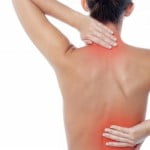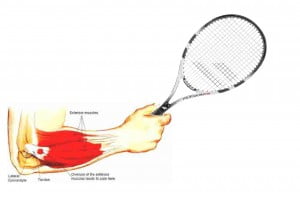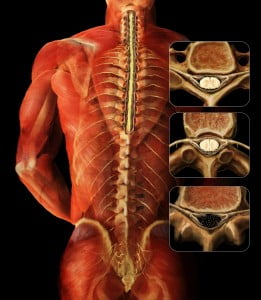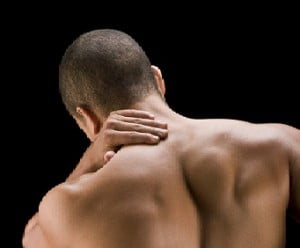For seven years, searing pain with no relief – that was the title of The Washington Post story that peaked my interest. So I read the article and discovered that Charon Wicker had been experiencing a burning, throbbing, excruciatingly painful sensation in her index finger – for seven years – even though she had:
- Repeatedly consulted pain specialists and orthopedic surgeons, internist and endocrinologist; and even a hand surgeon;
- Undergone two operations to replace the herniated disks in her neck;
- Taken all sorts of painkillers and become dependent on the sleeping pill Ambien;
- Received X-rays, MRI scans, and a nerve conduction test all negative);
- Spent months in physical therapy;
- Took a variety of anti-inflammatory drugs, increasingly strong painkillers, including oxycodone.
But nothing worked. Ms. Wicker’s pain continued.
The Case of Sore Fingertip looked as if it was a case for Sherlock Holmes (or his creator Dr. Arthur Conan Doyle) or Dr Gregory House.
It made me think — Be careful whom you ask for help!
And finally, Charon did get the right help from a hand surgeon who, listened to his patient; reviewed her medical history; and then examined her fingertip – where she had been complaining of pain for seven years, carefully. He saw a “slight bluish discoloration underneath her nail,” and found the cause of her pain — a rare benign vascular growth – smaller than the head of a pin – a tumor. He removed the glomus tumor and the pain was gone.
It’s uncommon to find that persistent pain is caused by a glomus tumor – but it is common that someone with persistent pain will be offered spine surgery to help them.
It is unfortunate that in Ms. Wicker’s case, she underwent TWO aggressive spinal surgeries and the pain continued. Even though her pain was in her fingertip (something that would clearly not be caused by a faulty disk or helped with insertion of an artificial disc in her neck) and there were no signs or symptoms that pointed to spine surgery to mitigate the pain, surgeons suggested two separate operations to replace the spinal disks. Whereas drugs have to go through extensive testing to show they are safe and effective, surgical procedures do not. When the first surgery didn’t work, the suggested solution was another surgery to replace another the disc.
In my practice, I have seen many patients over the years who come to my office complaining of chronic neck, shoulder, low back and/or leg pain that continues after “failed back spinal surgery. The herniated disc that was discovered on an MRI didn’t explain the source of their pain.
MRIs can show doctors beautiful pictures of the bones and the material separating the bones (the discs) of our spines but interestingly an MRI of the spine will usually find some “abnormality” in most adults – the majority of the time without any pain complaint. Desperation is often one of the reasons that patients undergo very invasive procedures based on an MRI and not supported by the clinical picture.
Sometimes a surgery works but how could it in The Case of Sore Fingertip? It didn’t and as Sherlock would say, “It’s elementary, my dear Watson.” It just didn’t make sense.
You can read the article in full here.



 As I mentioned in an earlier blog, “
As I mentioned in an earlier blog, “
 I found a few patients who had not been honest with me and had received medications from other doctors. Unfortunately, the small occurrence of dishonest behavior has obliged all doctors to be alert for the possible misuse of medication. At the
I found a few patients who had not been honest with me and had received medications from other doctors. Unfortunately, the small occurrence of dishonest behavior has obliged all doctors to be alert for the possible misuse of medication. At the  Some opioids, such as oxycodone, are often combined with Tylenol (
Some opioids, such as oxycodone, are often combined with Tylenol (





